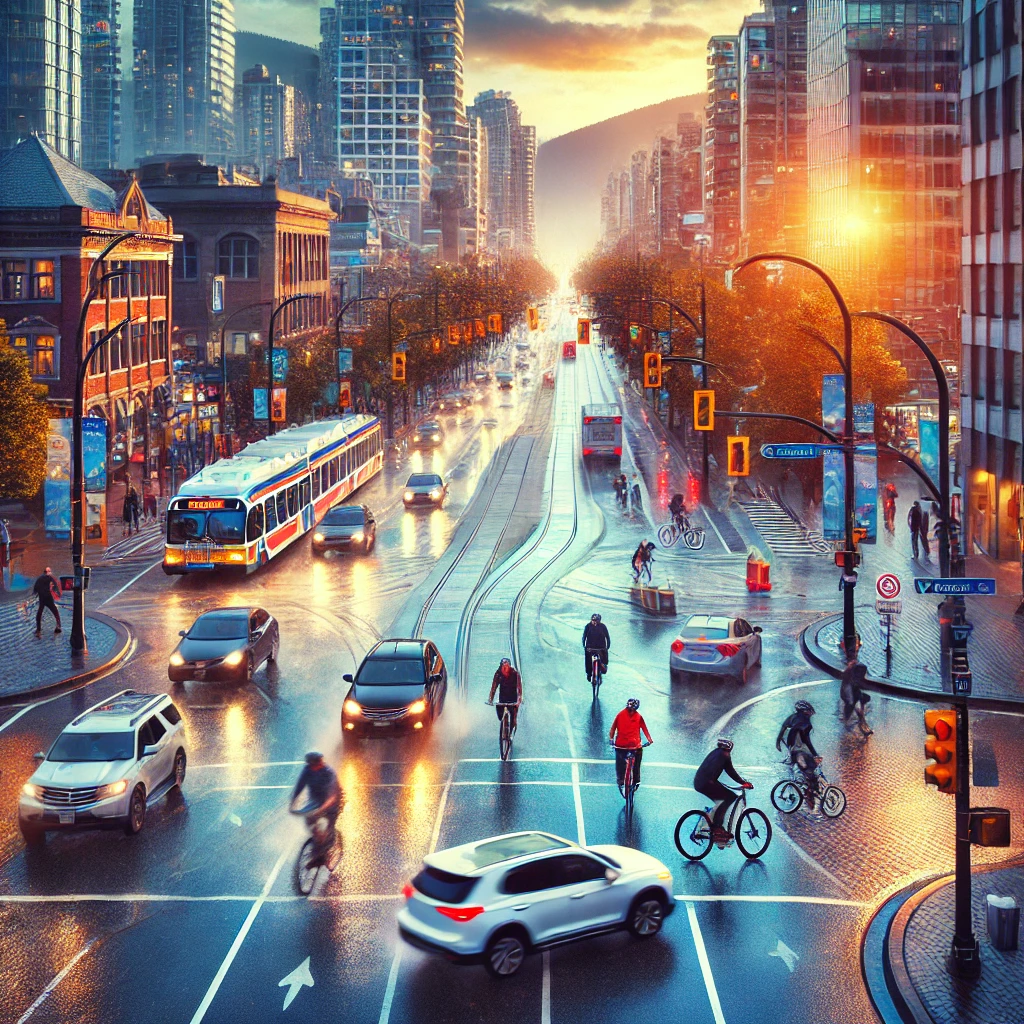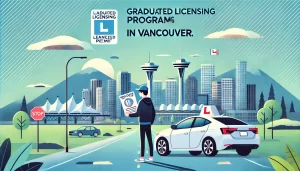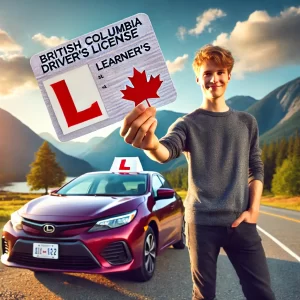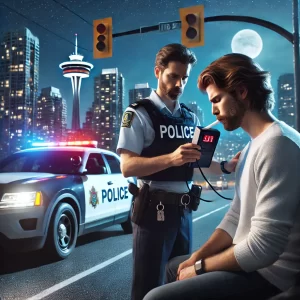Vancouver is a city of breathtaking beauty, nestled between mountains and ocean, but it presents a unique set of challenges for new drivers. Whether you’re a local or new to the city, understanding Vancouver’s driving nuances is crucial for staying safe and confident on the road. Here are some essential tips to help you navigate the city’s unique driving challenges.
Dealing with Rainy Weather
Vancouver is famous for its rain, especially during the fall and winter. Wet roads can be slippery, reducing tire traction and increasing stopping distances. To stay safe:
- Slow down: Wet roads reduce your tires’ grip on the road, so reducing your speed is essential.
- Use your headlights: Visibility can be poor in heavy rain, so make sure your headlights are on, even during the day.
- Keep a safe distance: Increase the distance between your vehicle and the one ahead of you to allow more time to react.
Navigating Busy Traffic
Vancouver is one of Canada’s most densely populated cities, leading to heavy traffic, especially during rush hours. Patience and strategic planning are key.
- Plan your route: Use navigation apps to check traffic conditions before you leave, and plan alternative routes to avoid congestion.
- Avoid peak hours: Plan your trips outside of rush hours (7-9 AM and 4-6 PM).
- Stay calm and patient: Heavy traffic can be frustrating, but aggressive driving won’t get you there any faster. Stay calm and maintain a steady pace.
Sharing the Road with Cyclists
Vancouver is a bike-friendly city, and you’ll often find yourself sharing the road with cyclists. It’s essential to be mindful and respectful of their space.
- Check your blind spots: Always check your blind spots for cyclists before turning or changing lanes.
- Give them space: When passing a cyclist, leave at least one meter of space between your vehicle and the bike.
- Watch for bike lanes: Be aware of designated bike lanes and avoid driving or parking in them.
Handling Hills and Inclines
Vancouver’s topography includes numerous hills, particularly in areas like West Vancouver and North Vancouver. Driving on steep inclines requires careful control.
- Use lower gears: When driving uphill, use a lower gear to maintain power without overworking your engine. For automatic vehicles, simply reduce your speed slightly.
- Keep a safe distance: On steep roads, leave extra space between your car and the one in front of you in case of sudden stops.
- Be cautious with braking: When driving downhill, avoid continuous braking to prevent brake overheating. Instead, downshift to a lower gear to help control your speed.
Understanding Pedestrian Traffic
Vancouver is a city that encourages walking, and pedestrians are everywhere. As a driver, you need to be extra vigilant, especially in busy areas.
- Yield to pedestrians: Always yield to pedestrians at crosswalks and intersections. In Vancouver, pedestrians have the right of way.
- Watch for jaywalkers: While jaywalking is illegal, it happens. Be prepared for pedestrians crossing outside of designated areas.
- Slow down in school zones: School zones are strictly enforced in Vancouver, with speed limits reduced to 30 km/h during school hours.
Navigating the Downtown Core
Vancouver’s downtown core is bustling with activity, and its streets can be confusing for new drivers.
- Understand one-way streets: Many streets in downtown Vancouver are one-way. Pay attention to street signs to avoid wrong turns.
- Be cautious of parking restrictions: Parking can be challenging and expensive in the downtown area. Look for parking signs, and consider using parking apps to find available spots.
- Use public transit when possible: If driving downtown seems daunting, consider using Vancouver’s reliable public transit system to navigate the area.
Preparing for Winter Driving
While Vancouver’s winters are mild compared to the rest of Canada, snow and ice can still be a challenge, especially in higher elevations.
- Use winter tires: Winter tires provide better traction on snowy and icy roads and are recommended for driving in Vancouver during the winter months.
- Drive slowly: Reduced speed is crucial when roads are slick with ice or snow.
- Be prepared: Keep an emergency kit in your car with essentials like blankets, a flashlight, and non-perishable food, just in case you get stuck.
Conclusion
Driving in Vancouver can be a rewarding experience, offering stunning views and access to incredible places. However, it’s important to be prepared for the city’s unique driving challenges. By following these tips, new drivers can navigate Vancouver’s roads with confidence and safety. Whether you’re battling the rain, sharing the road with cyclists, or maneuvering through heavy traffic, a calm and cautious approach will serve you well. Welcome to driving in Vancouver! for get more information contact to Seymour driving





